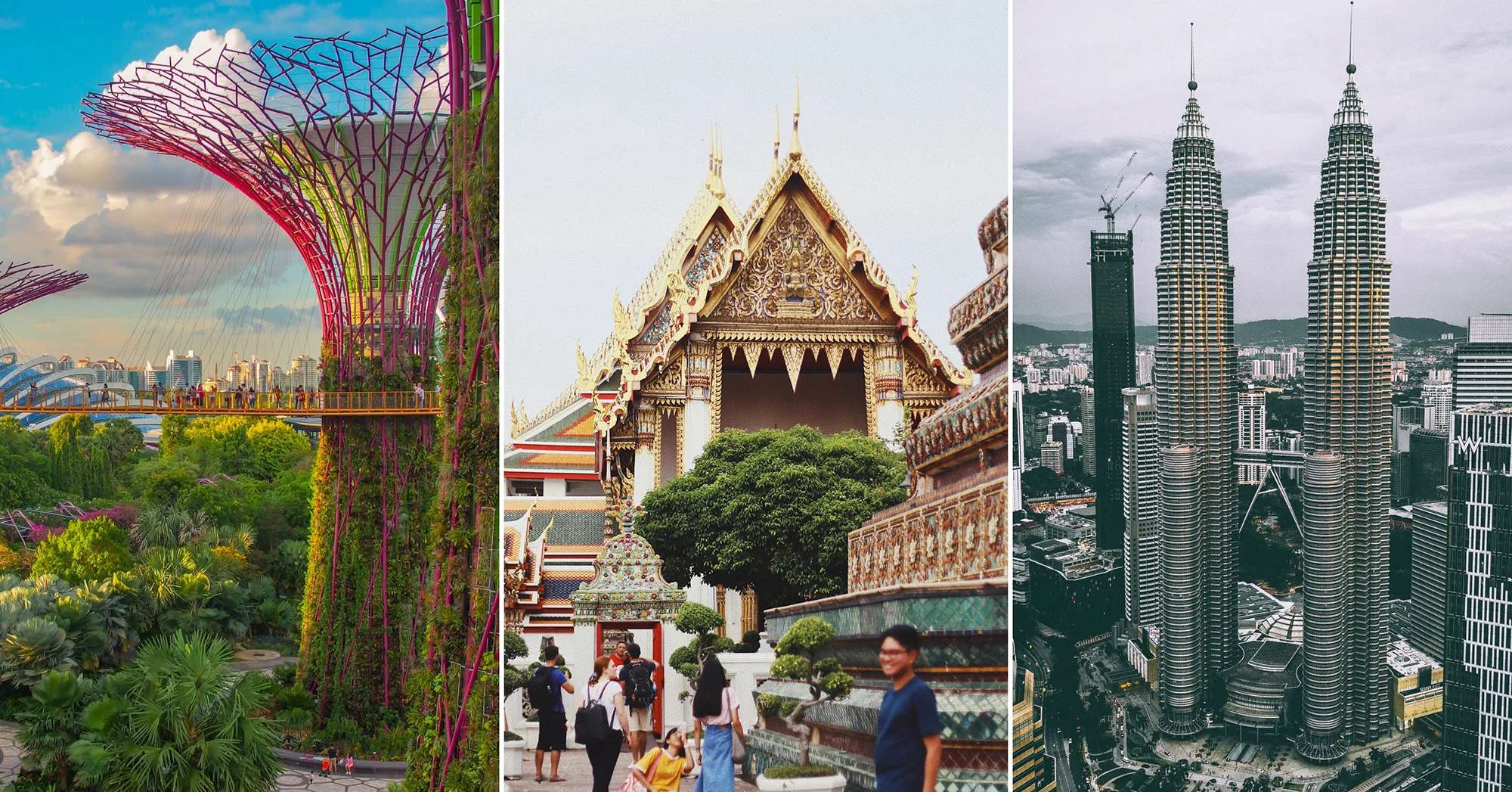[Updated 18 September 2020]
As much as we dream about escaping to these budget destinations in Southeast Asia, travelling has taken a back seat for now. Staying at home and social distancing may be the new norm for countries around the world, but a few destinations in Southeast Asia are beginning to relax their lockdown measures. While it gives us hope that things are looking up in this side of the world, here's a look at the travel restrictions in Southeast Asia.
Disclaimer: Do note that this article is in no way encouraging you to make travel plans now. We do acknowledge that the situation right now is very uncertain and with this article, we'd just like to shed some light on the latest travel restrictions in Southeast Asia.
1. Singapore
Singapore has announced it will reopen its borders for international tourists from select countries starting on September 1st, 2020. This list is expected to grow but travelers who have spent the last consecutive 14 days in New Zealand and Brunei will qualify for an Air Travel Pass to enter Singapore.
2. Malaysia
As of July 22nd, Malaysia is making exceptions for certain type of tourists to enter the country. Malaysia had their borders closed to international tourism since March, and the current border closure isn’t set to expire until August 31st, but there are now a few ways that select tourists can enter.
3. Indonesia
Credit: Aditya Prabaswara on Flickr
All international travellers are not allowed to enter or transit through the Republic of Indonesia. For short-term visitors who are given entry to Indonesia, they must provide a health certificate, a proof that they've stayed 14 days in an area that's not affected by COVID-19, and a statement of willingness to be quarantined for 14 days in a facility provided by the Indonesian government.
4. Brunei
All international travellers are not allowed to enter or transit through Brunei, including travellers that have been granted re-entry visa, student visa, travel visa, and dependent visa. For short-term visitors who are given entry to Brunei, they must undergo self-isolation for 14 days at a designated monitoring centre. They're also required to pay BND1,000 that covers a COVID-19 test and the accommodation cost at the monitoring centre.
5. Thailand
Thailand began reopening its borders to select foreign tourists on July 1, 2020.
Travelers allowed:
- Businessmen
- Skilled workers
- Those with Thai family
- Those seeking Thai health services
6. Vietnam
All international travellers are not allowed to enter or transit through Vietnam except for official and diplomatic-related travels. For short-term visitors who are given entry to Vietnam, they must submit a health declaration, which can be filled out at the airport or submit in advance, and required to undergo a COVID-19 test.
Vietnam had also suspended all visa exemptions for various countries such as Japan, South Korea, Russia, Belarus, Sweden, Finland, Denmark, United Kingdom, Norway, France, Germany, Italy and Spain.
7. Cambodia
Starting 20 May 2020, all international travellers from the United States, France, Germany, Iran, Italy and Spain are allowed to enter Cambodia. For short-term visitors who are given entry to Cambodia, they must provide a COVID-19 medical certificate (issued not more than 72 hours before their departure date) and proof of medical insurance with a minimum coverage of $50,000.
If the visitor is tested negative for COVID-19, they must undergo self-isolation for 14 days at their homes under the supervision of local authorities and health officials.
8. Myanmar
All international travellers are not allowed to enter or transit through Myanmar. For short-term visitors and diplomats who are given entry to Myanmar, they must provide laboratory evidence as proof that they're tested negative for COVID-19. For Myanmar citizens who are returning home, they must self-quarantine for 14 days at their home.
9. Laos
Starting 1 April 2020, the Prime Minister's Office in Laos has lifted their travel restrictions to the country, following the decreasing number of new COVID-19 cases. It includes lifting the travel ban on countries such as Italy, the United States, Germany, Spain, France and Iran.
10. The Philippines
All international travellers are not allowed to enter or transit through the Philippines except passengers with special visas, executive order, and passport holders of selected countries such as Hong Kong-SAR, Macau-SAR, Macau Portuguese, and British National Overseas. Starting 11 May 2020, all visitors arriving in the Philippines must take a COVID-19 test and self-quarantine at the facilities approved by the government.
With some countries in Southeast Asia such as Thailand and Laos are beginning to ease their lockdown measures, it gives us a glimmer of hope that we'll soon be able to visit these places again - as long as we stay home and stay safe wherever we are. Don't forget to fuel your travel inspirations with these articles too!


